Just Like Them: The Beatles’ Final Appearance on ‘The Ed Sullivan Show’
by Colin FlemingDiscussions regarding the Beatles’ career as live performers usually focus on two appearances: their American television debut on The Ed Sullivan Show in February 1964, and their August 15, 1965, gig at Shea Stadium, which has resonated ever since as the stadium show to end all stadium shows.
Other gigs get their mentions: the final official concert of Beatledom at San Francisco’s Candlestick Park a scant year after the glory at Shea, and the unofficial rooftop session—like an inverted variant on the band’s cellar-dwelling lunchtime Cavern Club shows of yore—in late January 1969.
But some of the best Beatles music is that which serves as the tracery of their story, the “between” the flagging stones parts, where the Beatles are often their most Beatlesesque.
There’s nothing, for instance, that is more like them, if you will, than the gamut of 1963 BBC sessions, which could be subtitled, “What the Beatles sounded like when the Beatles hung out,” or some such, and is as close to the Beatles bone as you’ll get.
Among these less splashy live Beatles events was their fourth, final, and much less famous, appearance on The Ed Sullivan Show, which was taped August 14, 1965, and went out over American airwaves on September 12, a season of maturation and change, as the Beatles themselves were becoming something different. Whereas previously they were smart, these Beatles were growing wise. A cry for help—for something more—had rended the air, with the formulation of Rubber Soul following as if in a form of self-directed response.
The sessions for that particular game-changer wouldn’t start until October. In the meanwhile, the Beatles had an era to finish off, and it was with this final Ed Sullivan appearance that Beatlemania concluded. When most of the world next saw the Beatles, they were moptops by association only. The short pants had been donated to the Salvation Army. Nothing about these four men would look or sound the same again. Which isn’t to suggest that they had ever repeated themselves, but we know when a certain innocence is no longer in place and the ascent portion of a journey is complete. The Beatles of late 1965 were free to go in any direction they pleased and to take as long as they wished in doing so. They’d be busy throughout the next year, but not as much as before, and the grind was done.
If you listen to the higher-fidelity tape of the 1965 Shea Stadium show that rendered a plethora of tinny bootlegs and their Xeroxed covers obsolete, you know the Beatles could still play like demons when they preferred. They had to feel like rising to the occasion though, rather than merely getting through another 30-minute basher in Middle America, and at Shea they were tight. Perhaps not late 1962 Hamburg tight, or Sweden 1963 tight, but tight’s tight.
Shea was 56,000 screaming people in a baseball stadium by the airport. A television studio mini-gig presented a different challenge, the performance under greater scrutiny, flubbed notes and cracking voices magnified.
Back on August 1, the Beatles performed on Blackpool Night Out, their only U.K. television appearance in support of the Help! LP, issued days before. John Lennon struggled with the lyrics to the album’s title track—which is ironic, given what it meant to him personally (then again…perhaps not)—but the in-the-know Beatles listener has always cherished that six-song set. You get the fidelity, the crispness of the band and a crowd that didn’t sound like a fleet of jets taking off.
The same half dozen numbers were played for The Ed Sullivan Show: “I Feel Fine,” “I’m Down,” “Act Naturally,” “Ticket to Ride,” “Yesterday” in a Paul McCartney solo turn, and the concluding “Help!,” which would have been hard to follow in both instances.
Watch “I’m Down” from the 1965 Sullivan appearance
It’s heartening to see his bandmates of a mind that Ringo Starr deserved a lead vocal opportunity for this mega-visible event. Starr had charm if not chops as a vocalist, and it is worth remembering as we listen to this Buck Owens cover that an album as culturally significant—make that dominant—as Sgt. Pepper’s Lonely Hearts Club Band couldn’t have been what it was minus Starr’s vocal contribution to “With a Little Help from My Friends, which served as both point of entry beyond the cabaret fanfare of the opening title track, and point of empathy.
“I Feel Fine” numbers among those reputationally “lost” classic singles of the Beatles’ catalog, along with “Day Tripper” or “From Me to You,” that aren’t talked about as often as befits their quality. It possesses an all-timer, quasi-Latin riff, which rings out loud and clear on the Sullivan Show, with a hint of the Byrds and their new-fangled folk rock in George Harrison’s solo by way of the clean picking of Chet Atkins taking a Merseyside road trip.
On this same program in 1964, the Beatles wanted to win over America. Their performances abounded with energy, their between-song comments with winsomeness—eager (to please) Beatle beavers. They’re mordant here in 1965. No one needs to be convinced because everyone who’s going to be aboard the Beatles bus already is. The Beatles were free to play it cool and do they ever.
“I’m Down” made for a bracing sonic blast on mid-1960s television. We’re inching toward heavy metal, with this performance serving as a case of Hello, harbinger. “Ticket to Ride”—which itself has the gait and lurching swing of a heavy metal song—sounds like a gas to play and sing on this occasion. Lennon leans hard into the refrain, and if he relished the sound of his own voice in doing so, he’s hardly to be faulted. Sometimes as you sing for others, you also sing for yourself.
Related: “I’m Down” is an overlooked McCartney classic
Then comes Paul McCartney and Paul McCartney alone to sing “Yesterday,” which was shocking in a different regard. The Beatles were a collective. A gang. Crew. Unit. And here we had a member stepping out on his own.
We wonder now if there were people watching who were suddenly seized with a fear that in some near future these four young men would make music without each other, the gang consigned to memory. Would that occur in two years’ time? Three? Five proved to be the answer, but here’s the foreshadowing.
And here, too, is a stirring, human performance. The trappings of “Yesterday”—that it was McCartney minus his mates with a string quartet, and that so many artists have covered it—is overshadowed by a form of beauteous plangency. The song is a hymn, a lament and a blues. A glassine of a blues, but a blues all the same.
Watch Paul’s solo performance of “Yesterday”
Lennon understood this. For the Blackpool appearance, he cracked wise when McCartney finished up, saying, “Thank you, Ringo, that was wonderful,” which was a hell of an as if.
But Lennon, heretofore a tough guy now becoming a more genuine guy—which served him well on Rubber Soul, his personal artistic highpoint—allows himself a moment of vulnerability in issuing what’s akin to a statement of love after “Macca” is done.
“Thank you, Paul,” Lennon says to his mate. And then to us—and seemingly to himself: “That was just like him.”
Five words, and given what we heard seconds ago, it’s the perfect tribute to a friend, a partner and an artistic match. If you weren’t paying attention, you could have missed it. So it goes with the between-the-flagging stones Beatles and the tracery of legend and legacy. It’s where the Beatles are the Beatles more than anywhere else.
And just like them, actually.
Watch the complete six-song set that aired on Sept. 12, 1965
The Beatles Anthology is being expanded and will be released on November 21. The 12-LP and 8-CD editions are available for pre-order in the U.S. here, in Canada here and in the U.K. here. The 25th Anniversary Edition of 2000’s The Beatles Anthology book will be released on October 14. It’s available for pre-order in the U.S. here, in Canada here and in the U.K. here.

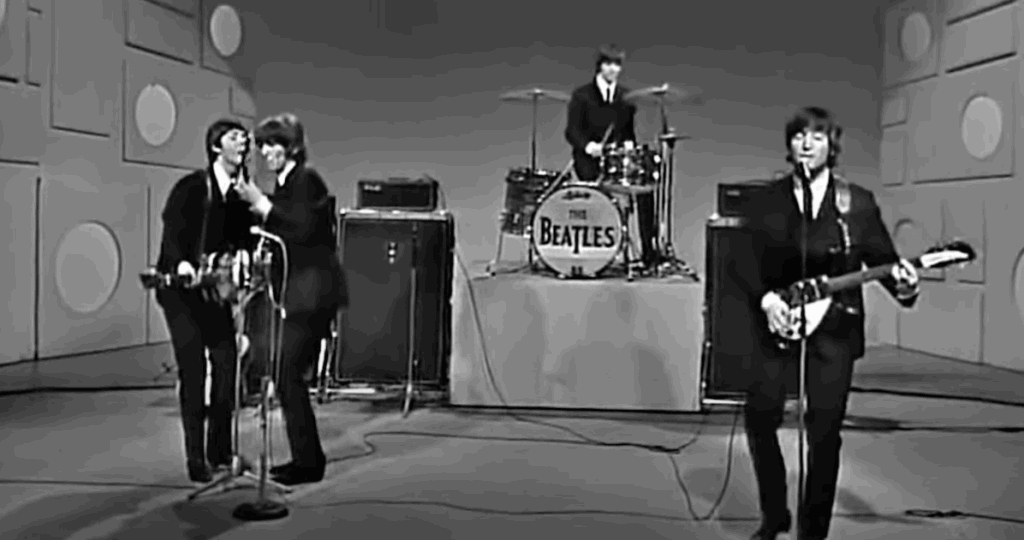
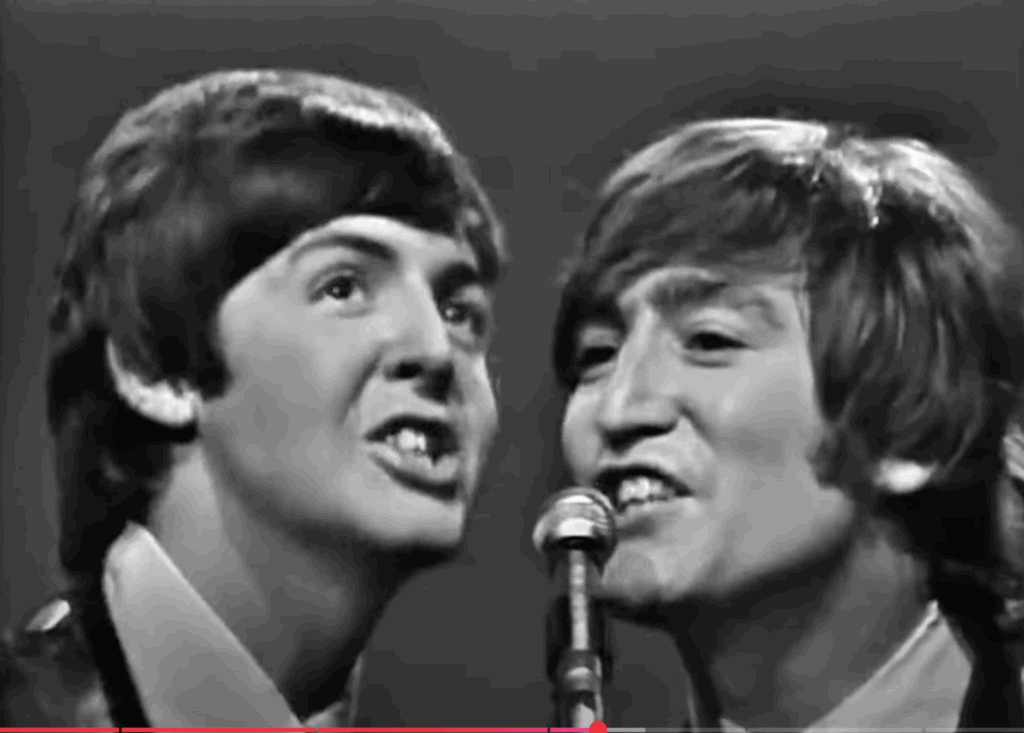
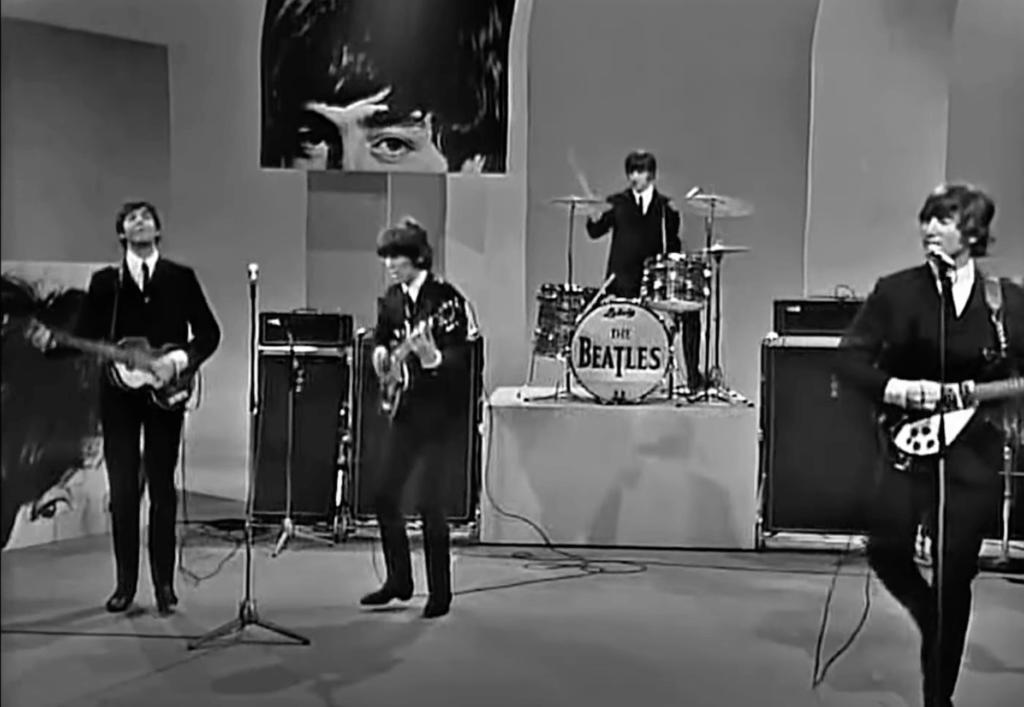
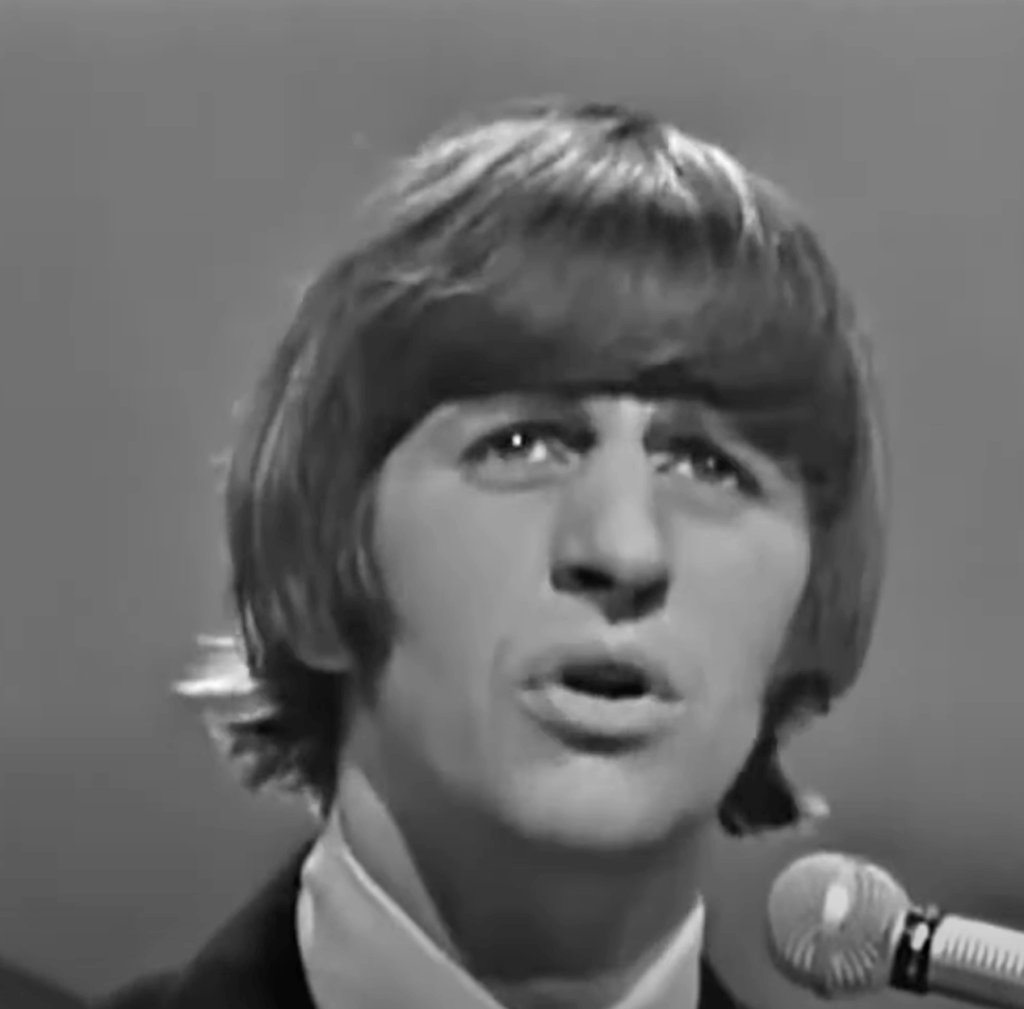
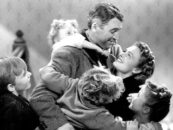
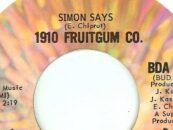
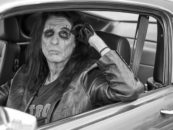
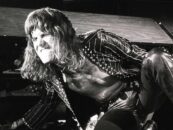

4 Comments so far
Jump into a conversationGod, how I loved that band. They were the perfect people doing the perfect thing at the perfect time, and their music and impact will live forever. The Beatles were and always will be the best. Period. End of story.
Still remember, February 64, The Ed Sullivan Show. I was eight years old. Even on a black and white TV, The Beatles were in color! I had a guitar within two weeks, still play. They were magical!
I was included in the film. Check the few last seconds of the credits and you will see:
Joe Sherov
The Beatles! An unbelievable musical phenomenon!! They have stood the test of time. And always will.